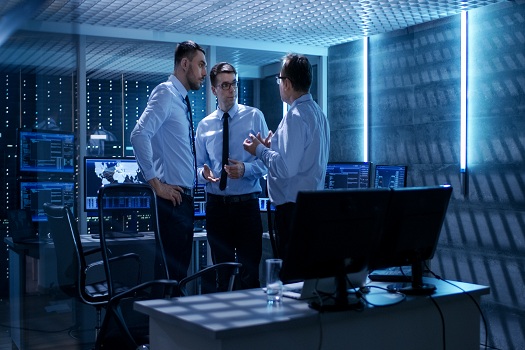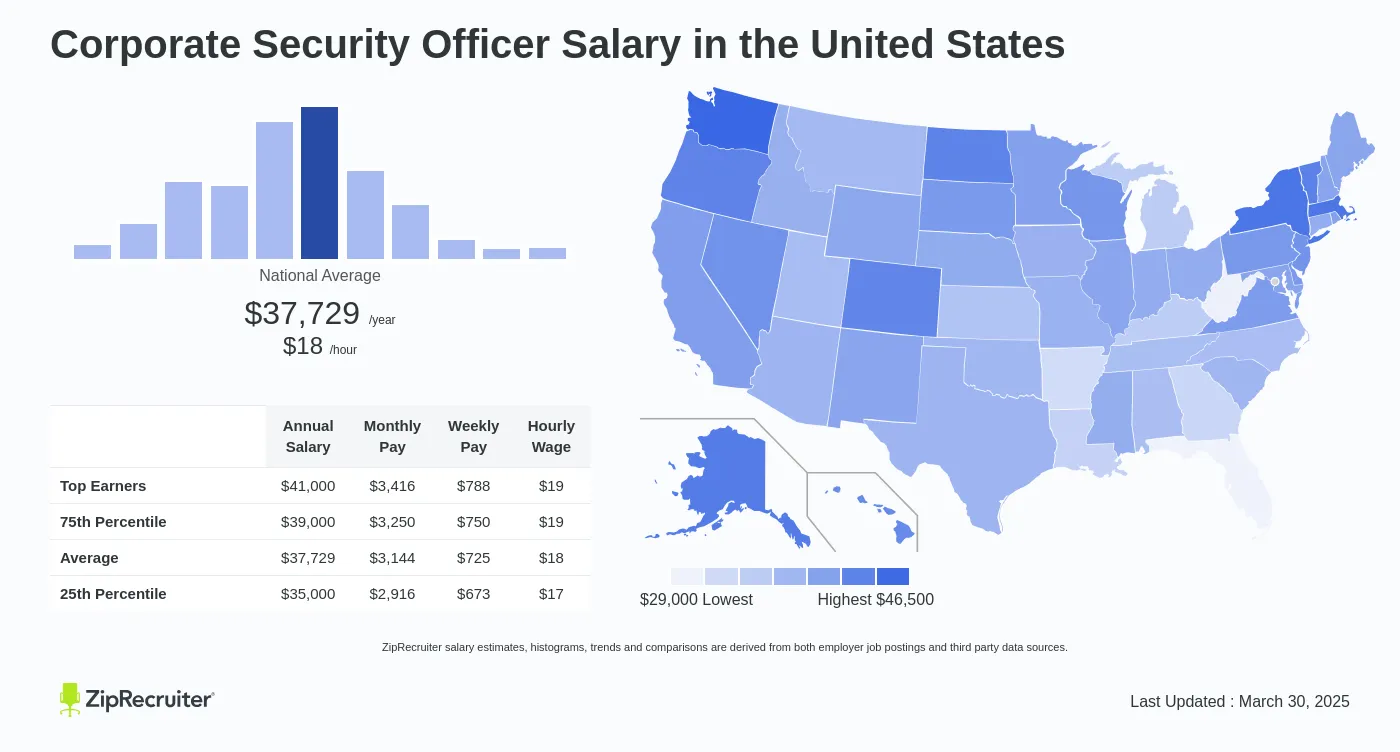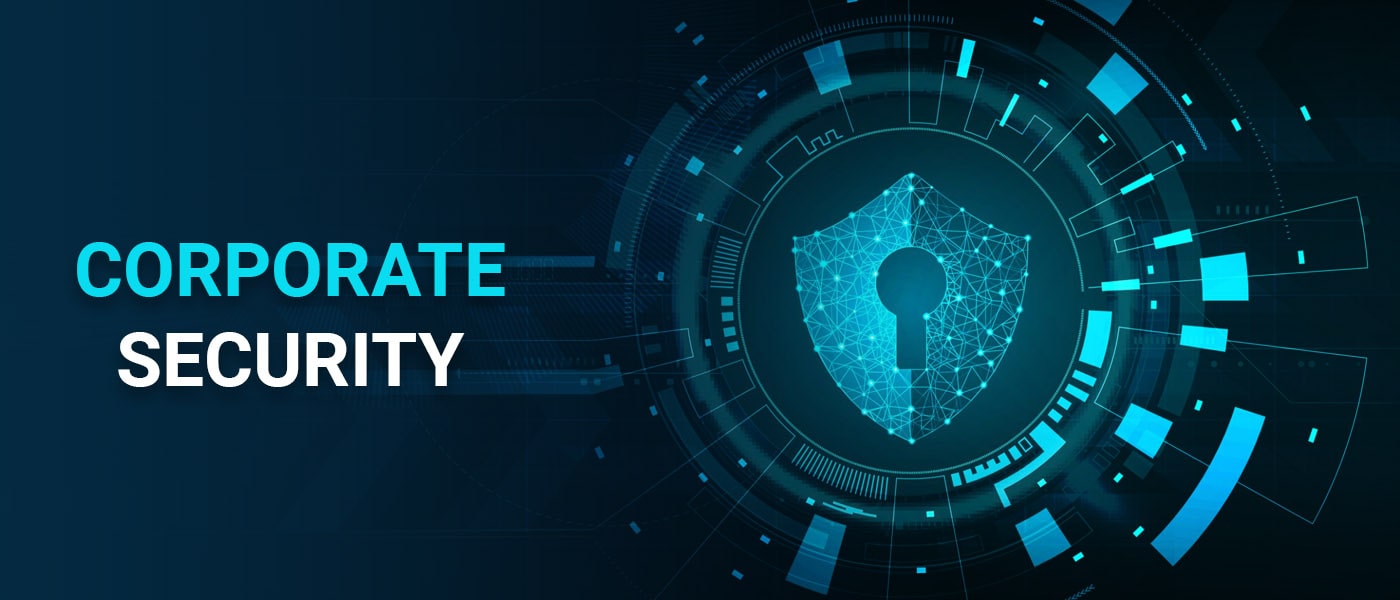Empowering Your Service with Ironclad Corporate Security Measures
Empowering Your Service with Ironclad Corporate Security Measures
Blog Article
From Cybersecurity to Physical Procedures: Reinforcing Corporate Security in a Changing Globe
In today's swiftly progressing digital landscape, the importance of company protection can not be overstated. As cyber hazards come to be significantly sophisticated and widespread, companies have to surpass typical cybersecurity steps to secure their procedures and assets - corporate security. This is where the combination of physical security steps comes to be important. By integrating the toughness of both cybersecurity and physical safety, business can create a thorough protection method that deals with the varied array of hazards they encounter. In this conversation, we will check out the transforming danger landscape, the demand to integrate cybersecurity and physical protection, the implementation of multi-factor verification steps, the importance of worker awareness and training, and the adaptation of security measures for remote labor forces. By analyzing these key areas, we will obtain valuable insights into just how organizations can enhance their company safety and security in an ever-changing globe.
Understanding the Changing Threat Landscape
The developing nature of the modern world requires an extensive understanding of the transforming threat landscape for reliable corporate protection. In today's interconnected and digital age, risks to business safety and security have ended up being more intricate and innovative. As modern technology developments and organizations end up being significantly reliant on digital infrastructure, the capacity for cyberattacks, data breaches, and other security violations has substantially boosted. It is essential for organizations to remain educated and adjust their safety and security determines to attend to these evolving dangers.
One secret facet of recognizing the altering threat landscape is recognizing the various kinds of risks that companies deal with. Furthermore, physical threats such as burglary, vandalism, and corporate espionage continue to be prevalent concerns for businesses.
Tracking and assessing the threat landscape is necessary in order to identify possible dangers and vulnerabilities. This entails staying updated on the most recent cybersecurity patterns, assessing risk intelligence reports, and carrying out routine threat evaluations. By understanding the altering hazard landscape, organizations can proactively apply proper safety procedures to reduce dangers and protect their assets, credibility, and stakeholders.
Integrating Cybersecurity and Physical Security
Integrating cybersecurity and physical security is important for comprehensive corporate security in today's digital and interconnected landscape. As companies progressively count on modern technology and interconnected systems, the borders between physical and cyber hazards are ending up being blurred. To successfully secure versus these risks, a holistic technique that combines both cybersecurity and physical security steps is crucial.
Cybersecurity focuses on safeguarding electronic properties, such as systems, networks, and data, from unapproved gain access to, disturbance, and theft. Physical security, on the other hand, encompasses steps to protect physical properties, individuals, and facilities from hazards and vulnerabilities. By incorporating these 2 domain names, companies can attend to susceptabilities and hazards from both digital and physical angles, therefore improving their general security stance.
The combination of these 2 techniques permits a more thorough understanding of safety and security risks and allows a unified feedback to occurrences. For instance, physical accessibility controls can be enhanced by integrating them with cybersecurity procedures, such as two-factor verification or biometric identification. Likewise, cybersecurity steps can be complemented by physical security measures, such as monitoring video cameras, alarm systems, and safe and secure gain access to factors.

Applying Multi-Factor Verification Actions
As companies increasingly focus on extensive protection procedures, one reliable method is the execution of multi-factor verification actions. Multi-factor verification (MFA) is a safety approach that calls for individuals to give multiple forms of recognition to access a system or application. This approach includes an added layer of security by integrating something the customer recognizes, such as a password, with something they have, like a fingerprint or a protection token.
By carrying out MFA, companies can considerably improve their protection pose - corporate security. Typical password-based verification has its limitations, as passwords can be easily jeopardized or neglected. MFA reduces these risks by adding an added verification factor, making it harder for unapproved individuals to get to delicate details
There are numerous kinds of multi-factor verification approaches readily available, consisting of biometric verification, SMS-based confirmation codes, and equipment symbols. Organizations need to evaluate their particular needs and pick the most proper MFA option for their needs.
However, the application of MFA need to be carefully intended and executed. It is critical to strike a balance in between security and usability to avoid user irritation and resistance. Organizations should likewise consider prospective compatibility issues and give ample training and assistance to make sure a smooth transition.
Enhancing Employee Understanding and Training
To reinforce business safety, companies must prioritize boosting worker recognition and training. In today's rapidly advancing threat landscape, employees play a vital duty in check over here safeguarding an organization's delicate information and possessions. Many safety breaches occur due to human mistake or absence of recognition. Organizations need to invest in extensive training programs to enlighten their employees concerning potential threats and the ideal techniques for alleviating them.
Reliable employee understanding and training programs must cover a wide range of topics, including information defense, phishing assaults, social design, password hygiene, and physical safety and security procedures. These programs should be customized to the details demands and responsibilities of different staff member roles within the company. Normal training sessions, simulations, and workshops can help workers develop the necessary abilities and understanding to identify and respond to protection dangers efficiently.
In addition, organizations should motivate a culture of safety awareness and offer recurring updates and tips to maintain workers educated regarding the most up to date dangers and mitigation techniques. This can be done through interior interaction networks, such as e-newsletters, intranet portals, and email projects. By promoting a security-conscious workforce, companies can dramatically decrease the possibility of protection cases and secure their useful possessions from unauthorized gain access to or concession.

Adapting Protection Steps for Remote Labor Force
Adjusting company safety and security actions to suit a remote workforce get redirected here is essential in making certain the security of sensitive details and possessions (corporate security). With the raising trend of remote work, companies should execute suitable safety steps to mitigate the risks connected with this brand-new method of functioning
One crucial element of adapting security measures for remote work is developing secure interaction channels. Encrypted messaging systems and digital private networks (VPNs) can assist secure delicate information and prevent unauthorized access. Furthermore, organizations should enforce making use of solid passwords and multi-factor verification to enhance the safety of remote gain access to.
Another crucial consideration is the application of safe remote gain access to options. This entails offering workers with safe access to business resources and information with digital desktop framework (VDI), remote desktop computer methods (RDP), or cloud-based services. These technologies ensure that delicate information remains secured while making it possible for employees to do their duties properly.

Last but not least, comprehensive security awareness training is important for remote workers. Training sessions must cover finest practices for firmly accessing and taking care of sensitive details, recognizing and reporting phishing efforts, and look at these guys maintaining the total cybersecurity hygiene.
Conclusion
To conclude, as the risk landscape remains to evolve, it is essential for companies to strengthen their safety and security gauges both in the cyber and physical domain names. Integrating cybersecurity and physical safety and security, implementing multi-factor authentication steps, and boosting staff member understanding and training are vital actions in the direction of attaining robust business protection. In addition, adjusting safety procedures to fit remote workforces is critical in today's changing world. By executing these steps, companies can reduce dangers and shield their beneficial possessions from potential risks.
In this discussion, we will certainly explore the altering danger landscape, the requirement to integrate cybersecurity and physical safety and security, the execution of multi-factor authentication steps, the importance of worker awareness and training, and the adjustment of protection measures for remote workforces. Cybersecurity procedures can be matched by physical security procedures, such as security cameras, alarm systems, and safe and secure accessibility factors.
As companies increasingly prioritize comprehensive safety procedures, one effective approach is the application of multi-factor authentication measures.In verdict, as the danger landscape proceeds to evolve, it is crucial for companies to reinforce their protection gauges both in the cyber and physical domains. Incorporating cybersecurity and physical safety, executing multi-factor authentication measures, and boosting worker recognition and training are essential steps in the direction of achieving durable business safety.
Report this page